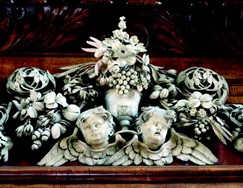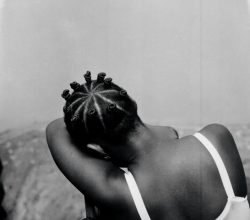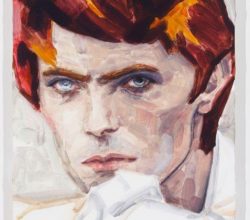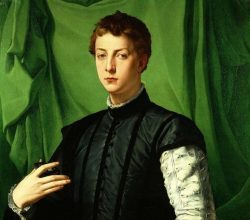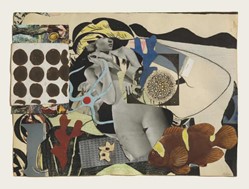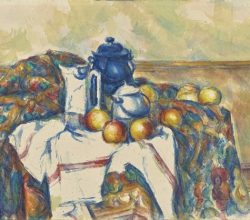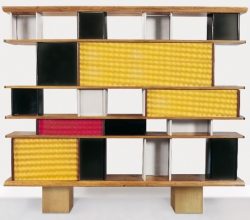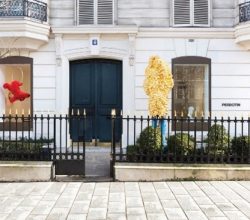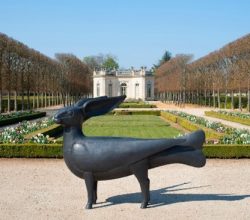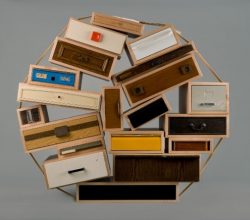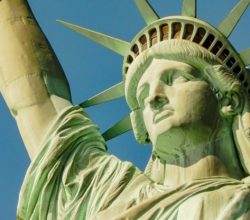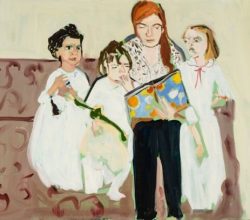
Chantal Joffe: Story
Beth Williamson | Studio International | 25th June 2021
Joffe has said “As I get older, only the personal seems to matter”. Portraits of herself and family members thus dominate her output. These works are acclaimed because they describe an emotional landscape, especially the one she shares with her mother, whom she has been painting for over thirty years. Whether childhood memories or images of an aging parent, the writer admits they collectively “create a sensory and emotional landscape I didn’t want to leave.”

